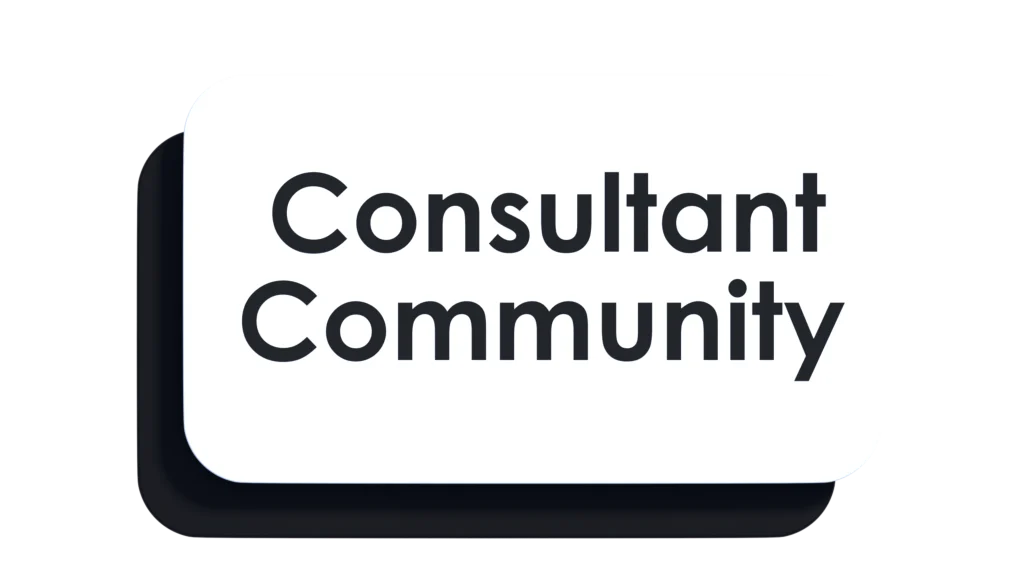In a recent LinkedIn discussion on business strategy, a participant raised an important point: “Many strategic plans are little more than a disjointed collection of individual tasks, lacking a cohesive organizational design.” This highlights a crucial challenge for businesses: where does strategy end and execution begin? Unfortunately, many companies struggle with this distinction, leading to misaligned efforts and missed opportunities.
The core issue is that businesses often rush into action without first developing a clear, cohesive strategy to guide their efforts. As a result, they create strategic plans where they aren’t necessary and overlook the areas that truly need strategic direction. This happens because they underestimate the complexity of crafting a simple, effective strategy. As Steve Jobs once said, “Simple can be harder than complex: You have to work hard to get your thinking clean to make it simple. But it’s worth it in the end because once you get there, you can move mountains.”
While there’s no one-size-fits-all approach to strategy, there are key principles that can help you navigate this complex process.
Avoid Developing Strategic Plans for Functions
Consider the example of Clive, the CEO of a company we’ll call “Scrupulous,” which provides commercial cleaning equipment, parts, and services. During a strategic planning session, it became clear that the company had multiple “strategic plans” for different functions like Marketing, HR, and IT. Each plan was essentially a list of actions for the respective departments. For instance, the Marketing plan included tasks like “Arrange face-to-face meetings with major accounts” and “Research industry companies to identify prospects.”
However, these plans were more operational than strategic. Marketing, HR, and IT are processes or activities carried out by individuals, not strategic directives. Labeling these operational plans as “strategic” dilutes the importance of true business strategy and confuses employees about what strategy really is.
Keep Strategy at the Business Level
Scrupulous lacked a true strategic perspective because its executives confused strategy with action. Strategy is about positioning, not action. For example, a company may decide to position its products as high-end with a premium price or low-end at a low cost.
Take Toyota’s positioning on product quality: “We will continuously strive to delight our customers with the outstanding quality of our products and services.” This statement defines Toyota’s commitment to reliable products as a key element of its competitive advantage. Similarly, McDonald’s focuses on delivering an exceptional customer experience as a core component of its brand positioning.
Clive’s challenge is to articulate similar strategic positions for Scrupulous, ensuring that his executive team is aligned on the company’s stance. Clear business-level positioning then guides the operational planning for individual functions and teams.
Separate Strategy from Action
Execution-focused actions belong below the business strategy level and are the responsibility of various departments like HR, finance, operations, and marketing. For example, Toyota’s commitment to quality involves HR actions like “create and nurture people of quality through continuous education and training” and manufacturing actions like “strengthen the supply chain with an effective traceability system.”
To prevent strategy from becoming a mere list of actions, you need to take a high-level view of your organization and its relationships with key stakeholders and competitors. This aligns with the military origins of “strategy,” where armies would assess their positioning from above to understand their strengths and weaknesses.
From this elevated perspective, you can see how Scrupulous interacts with stakeholders and competitors. A successful strategy involves gaining a competitive advantage in areas that stakeholders value, such as product quality and customer service, which helps to outmaneuver the competition.
Mind Your Language: It Shapes Your Strategy
The language you use within your organization significantly impacts your strategic thinking. If you’re unsure where strategy ends and action begins, remember this simple rule: What happens outside is strategy; what happens inside is action.
Start by eliminating terms like “marketing strategy” and “HR strategy.” Replace them with “customer strategy” and “employee strategy.” This shift in language broadens your thinking and keeps your focus on stakeholders rather than internal functions.
Also, avoid calling operational plans “strategic.” Plans are important, but they are not strategies. If you label plans as strategic, you risk undermining the effort required to develop a true business strategy.
Conclusion
While this advice won’t guarantee the perfect strategy, it will set you on the right path and help you avoid common pitfalls. Remember, strategy is about identifying where your business needs to go to meet stakeholder needs. It’s an outward-looking, high-level exercise that should guide your internal operational planning. Only after you’ve determined your strategic direction should you focus on the specific actions needed to achieve your goals.
Reference: Graham Kenny. “Understanding the Difference Between Strategy and Action: A Key to Business Success.” Harvard Business Review, August 27, 2024.
